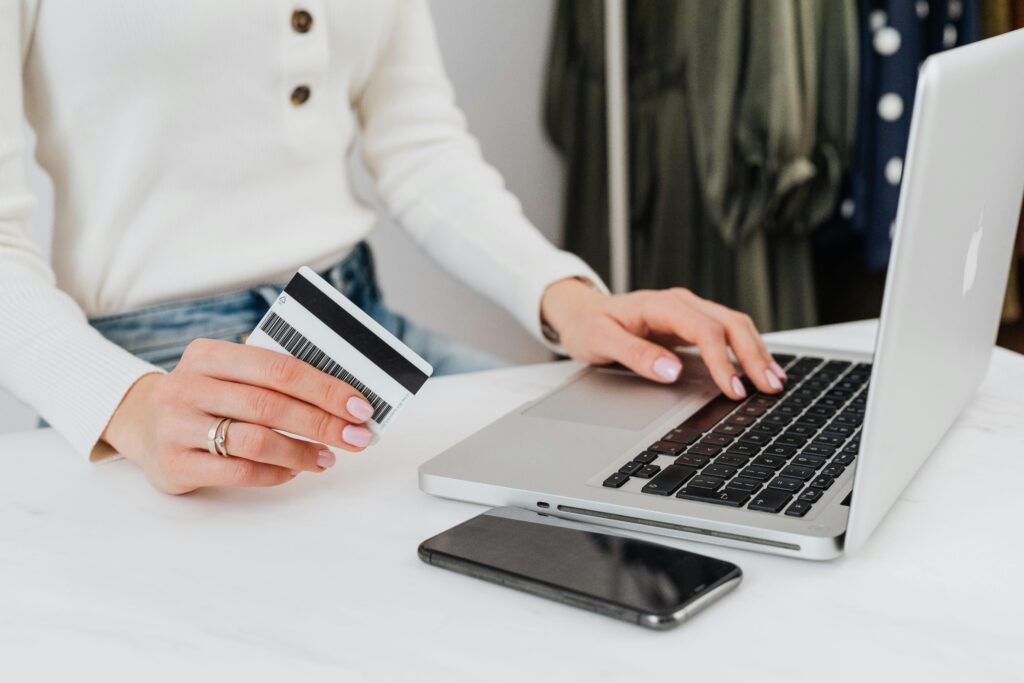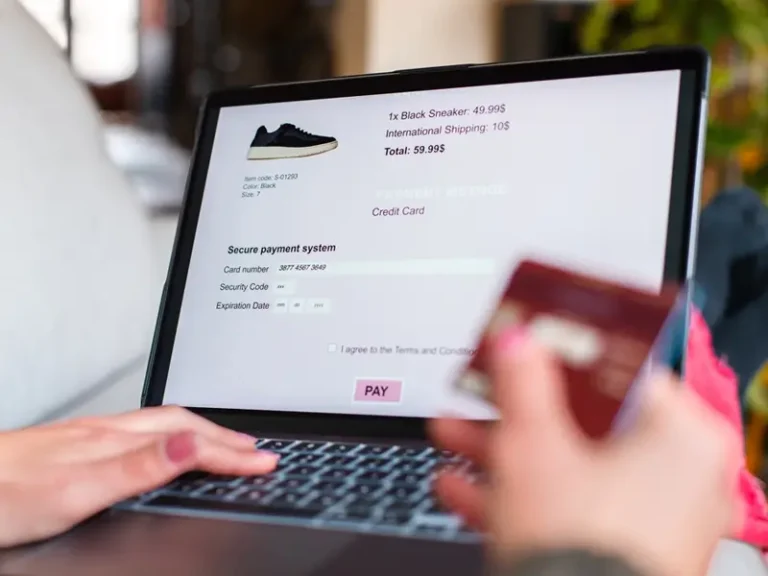This is part three of our series on localised checkouts. In A Guide to Flexible and Localised Checkout and Payment Experiences, we discussed what a localised checkout is and why it’s essential for succeeding in global markets. In Key Features of a Localised Checkout Solution, we examined the features of a localised solution and how those features create a seamless, customer-centric buying experience. Now, it’s time to examine how the right international commerce solutions grow your business.
When we think about the checkout portion of the ecommerce experience, we tend to think of it as the end of the journey. Payment has been received, and all that’s left is to fulfil the order and deliver it to the customer. But what if your checkout could do more than capture payments? What if it could allow you to offer more products and increase revenue? Let’s see what that could look like.
Flexible Checkouts Enable Subscriptions and Digital Products
Remember the Dublin pub scenario from part 1? If not, here’s a summary: We imagined a scenario where you walk into an Irish pub, ready to enjoy a meal, only to find the menu is not in English, even though Ireland is an English-speaking country. Now, what if you decided to stay and order food but were told that you had to pay for your starters and your mains separately and couldn’t let you start a tab? Would you still stay?
The inconvenience of complicated payments is enough to run anyone out of a pub and off your ecommerce site. But it doesn’t have to be that way.
If you’ve investigated adding digital products or subscriptions to your business models, you know you must have the right checkout technology in place. These kinds of products and services have different requirements than physical items or one-time purchases. But as consumers’ expectations change and technology and business evolve, there’s no denying the potential. In fact, subscriptions are expected to grow globally from $330 billion in 2024 to $2.27 trillion in 2028.
If you haven’t looked into adding digital goods and subscriptions but the thought of increased revenue has your attention, here’s why you need a robust checkout and international ecommerce solution.
1. Recurring Payments for Subscriptions
- Automated Billing: Subscriptions require payment systems able to handle and process recurring billing, whether it’s weekly, monthly or annually.
- Flexible Payment Plans: Customers often prefer different billing cycles (e.g., monthly vs. yearly plans) or pricing tiers. Your checkout will need to accommodate these preferences seamlessly.
- Failed Payment Handling: The ongoing revenue is only a benefit if payments are approved. Systems must automatically retry or notify customers when payments fail to maintain the subscription service.
- Subscription Upgrades/Downgrades: Your customers expect to be able to change their subscriptions before the full cycle is up. Flexible billing solutions support these changes in subscription levels mid-cycle, prorating charges accordingly.
2. Instant Delivery of Digital Goods
- Real-Time Processing: The best way to sell digital downloads is with instant confirmation and delivery upon payment (You’ll also want to make sure your customers can schedule delivery on specific dates, like a birthday or holiday.) This requires seamless integration between payment processing and order fulfilment.
- Global Accessibility: Just because there is no physical product doesn’t mean there are no taxes or other surcharges. Digital goods often attract international customers, so you’ll again need an international ecommerce solution that supports multiple currencies, payment methods and compliance with local regulations like VAT/GST.
3. Support for Multiple Payment Methods
- Diverse Payment Options: Subscriptions and digital goods attract different demographics, so payment systems must support credit cards, digital wallets, bank transfers and even emerging methods like buy-now-pay-later (BNPL).
- Tokenised Payments: With tokenisation, you improve payment security and adhere to industry standards like the Payment Card Industry Data Security Standard (PCI DSS). You not only protect your customers but also reduce your risk of fraud and chargebacks.
4. Customer Experience and Personalisation
- Seamless Checkout: A streamlined checkout experience with minimal steps ensures reduced cart abandonment. You may also need a payment solution that can handle physical merchandise and digital products in the same transaction.
- Customisable Flows: Flexible systems allow for tailored checkout processes based on the type of product or customer preferences (e.g., upselling annual subscriptions during checkout). This type of custom messaging targets the customers most likely to convert.
- Subscription Management: You’ll want to allow your customers to change their subscriptions and to do that, you’ll need a flexible checkout system. A robust system lets customers upgrade plans, switch billing intervals, change payment details and skip a shipment. With self-service tools, customers can make these changes on their own and reduce the volume of calls to your customer service team.
5. Compliance and Security
- PCI Compliance: Securely handling sensitive payment data is non-negotiable. This set of 12 compliance requirements must be met if you’re going to accept credit card payments. Digital goods and subscriptions are not exempt from these standards.
- Subscription-Specific Regulations: Laws like California’s automatic renewal law or GDPR compliance for global digital goods need to be considered. Different jurisdictions and markets have different requirements. You need to be aware of and comply with them all.
6. Analytics and Revenue Management
- Churn Reduction: Advanced, flexible payment systems can detect and mitigate subscription churn by retrying failed payments or notifying users.
- Revenue Tracking: Accurate reporting and analytics tailored for recurring or one-off purchases help in forecasting and strategy. You can also use zero and first-party data to target your customers with personalised offers and perks.
International Checkout Solutions Let You Enhance Payment Capabilities and Capture More Business

Now that you’re using flexible and localised checkout features to their full potential and adding digital goods and subscriptions to your catalogue, it’s time to make sure your shoppers can become paying customers. That means making sure you have payment methods that are preferred and relevant in each international market. It also means having the capacity to add payment methods as new technology emerges.
How can you enhance your payment methods and see more revenue in international markets? Start here:
1. One-Click Payments
- Reduced friction at checkout: With one-click payments, your customers can buy without re-entering their payment information. This makes it easier than ever for global customers to complete transactions.
- Increased impulse buys: Reducing the number of steps a shopper needs to complete to make a purchase enables impulse buys and makes it more convenient for shoppers to buy from wherever they are without having to dig out a credit card. With less time spent at checkout, customers have a smoother experience, which ultimately cuts down cart abandonment rates.
2. Multi-Currency Support
- Reduce frustration: Not only is it inconvenient for shoppers to have to leave your site to convert currencies, but that extra step actually puts the whole transaction in jeopardy. Clicking off your site to convert prices increases the chances of cart abandonment.
- Build trust: Offering local currency also increases consumer confidence. Shoppers are more likely to trust that their credit card or digital wallet will be charged correctly if they see pricing in the currency they’re used to.
3. Local Payment Methods
- Increase conversions: Payment preferences can vary widely depending on the region. For example, while credit cards dominate in the US, digital wallets like Alipay are popular in China, and bank transfer systems like iDEAL are preferred in the Netherlands. Integrating these local payment methods ensures that global customers can use their preferred option, increasing conversion rates in international markets.
- Reduce noise: Providing your shoppers with localised payment options also means you do not offer EVERY option in every market. Displaying irrelevant payment methods actually chips away at your credibility and negatively affects your reputation.
4. Mobile Payment Options
- Increased convenience: With mobile commerce on the rise, integrating mobile payment solutions like Apple Pay, Google Pay and Paytm is crucial. These methods allow customers to complete transactions securely in just a few taps, right from their mobile devices. Speed and convenience are key here, as lengthy or complicated mobile checkouts are a common reason for abandoned carts.
- Increased security and cost-effectiveness: More and more, mobile payments are more cost-effective for you as transaction fees are typically lower than what traditional credit card companies charge. Mobile payments are also more secure for you and your shoppers as they use advanced security measures like tokenisation.
Flexible Localised Checkout Solutions Grow International Ecommerce
International ecommerce expansion grows your brand’s customer base and incremental revenue. Or at least it has the potential to. The customers are out there, and they want to interact with your brand. The only question is: Can you deliver a localised experience that those customers want and expect?
With the right strategies and technologies, the answer is yes. To get off on the right foot, you need a localised checkout solution that can also grow and scale with your business.
ESW can make sure you create an exceptional experience for customers anywhere in the world. Think of us as that friend you brought to the pub. We have end-to-end, international ecommerce solutions that localise your ecommerce presence anywhere in the world, including for your online store, checkout, customer service and returns. We also have existing, vetted relationships with local logistics providers, so you know you’re giving your international customers the best delivery and return services. When it comes to customs and compliance, you don’t need to worry. We function as your merchant of record, which means we take responsibility for taxes, duties, customs and fraud prevention.
Reach out, and let’s talk about your goals.





